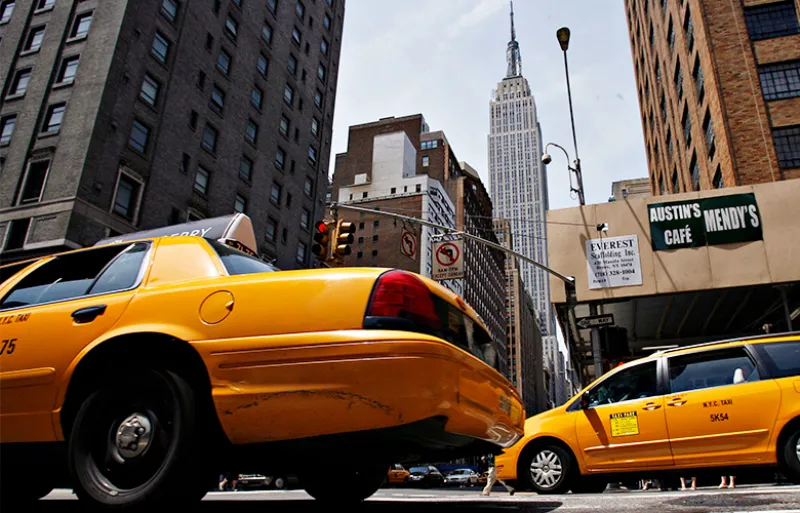New York taxi data show that the city’s Federal Reserve appears to meet with big banks to systemically share information after important decisions are made.
A report written by David Finer at the University of Chicago Booth School of Business used public data from the New York Taxi and Limousine Commission to show that taxi rides from major banks in New York jumped right after the Federal Open Market Committee blackout periods lift. Ahead of — and following — certain Federal Reserve meetings, participants refrain from publicly sharing their views on monetary policy to ensure that discussions are effective.
Between one a.m. and four a.m. on the days the blackout period lifts (typically at midnight), according to Finer, there is a notable increase in these rides.
This data shows two things: The Federal Reserve appears to be respecting the Federal Open Market Committee blackout periods. However, once those periods do lift, the Fed works with major institutions to disseminate information.
This data is especially timely to consider given the increasing use of ridesharing apps, Finer noted in a blog post about his research.
Corporations like Lyft or Uber likely have the same access to data about the Federal Reserve and major banks that is available through the New York Taxi and Limousine Commission’s data. What’s different, though, is that they have access to this information in real time.
Finer began the study with the intention to determine whether taxi ride data is consistent with findings from a 2016 study that suggested that there has been “systematic information leakage from the Federal Reserve.”
[II Deep Dive: Activist Group Fed Up Pushes Federal Reserve to Support Workers]
According to Finer, “while the taxi data cannot provide direct evidence of leakage, they can shed light on opportunities for even unwitting information flow.”
To tackle the data, Finer analyzed direct rides between the area surrounding the federal reserve in New York and major commercial banks to determine “onsite meetings.” He used coincidental drop-offs of passengers picked up from the Fed and from major banks as indicators of “off site meetings.”
From this dataset, Finer was able to determine that there late-night meetings are likely between Fed officials and employees of major banks once blackouts lift.
The data also shows, according to Finer, an increase in offsite encounters between the Fed and employees of major banks, during typical lunch hours, around the time of committee meetings.
“The occurrence of the changes very late at night and during typical lunch hours suggests informal or discreet communication,” according to the study.
To be sure, as Finer notes, these meetings may not result in intentional leaks.
“Meetings both during and after the blackout could be purely social engagements or discreet Fed information-gathering regarding bond-market conditions pertinent to the implementation of monetary policy, but valuable information could still flow accidentally,” he wrote. “Even a non-verbal reaction to an interlocutor’s statement can provide a valuable signal.”







